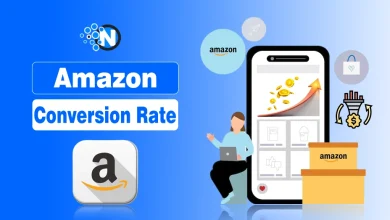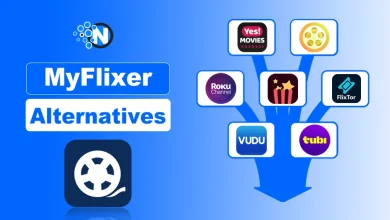Billing Methods in IT Projects

Fixed Price and Time and Material are billing methods that differ slightly from each other. Both models of accounting have certain advantages and disadvantages, which are certainly worth paying attention to.
We must admit that more and more companies choose the Time and Material method, but is it right? Let’s take a closer look at what both settlement models really are.
What is the Fixed Price?
The Fixed Price method of billing is nothing else than setting the project price in advance before the task is done. The cost estimate is determined on the basis of the client’s individual requirements, which are reflected in the difficulty of the work.
Please note that this model of billing is much less flexible than Time and Material. Fixed Price works best when we have:
- limited or fixed budget,
- clear requirements and deadlines,
- a small project with a rather limited scope.
What are the disadvantages of Fixed Price?
The biggest disadvantages of Fixed Price appear especially with more extensive projects. With such projects, the project cost is usually inflated.
Agencies want to include an allowance for potential difficulties or complications during the production process. Another unfavorable aspect may be the risk associated with specifying all the project requirements initially. Then, any changes made after the project begins may equate to additional costs.
Advantages of Fixed Price
The main advantage of the Fixed Price method is predictability, which is worth its weight in gold for any self-respecting entrepreneur.
Knowing in advance the cost of a given project we are able to include it in the budget and divide it so that it is not too painful for our company. The Fixed Price model also offers us ease of management through a small time commitment and a small workload. This makes the scope and workload really transparent.
Time and Material billing model
Time and Material is definitely a more flexible model of cooperation with an interactive agency, which will allow us to take care of the project, even during the implementation.
This type of settlement is based on setting the amount of payment for the work done in proportion to its duration and the value of the tools used. Its greatest advantage is savings because the customer pays for the actual work without added assurance costs. The client is constantly informed about the progress, receiving a detailed report supported by analysis and statistics.
As Paul Jackowski from Asper Brothers says – “In our industry, Time and Material is often the only possible model for collaboration. We start many projects with an MVP, which is an early stage of discovering the potential and development of a digital product. Flexibility is then a necessary condition. Nevertheless, we always present a range of final costs so that clients can make decisions based on certain predictions. “
Advantages of Time and Material
The most important advantage of the Time and Material model is of course flexibility, which is of great importance, especially in the case of larger projects.
By deciding on a Time and Material contract, the customer receives the possibility of modifying the project even during its execution. This can have a huge impact. Every entrepreneur realizes that large projects are characterized by a high dynamic of change. Another important advantage is the possibility of acquiring competencies. If the customer does not have a team of appropriate specialists, then the terms of the Time and Material contract make it possible to acquire competent people.
Disadvantages of the Time and Material model
Unfortunately, this type of settlement also has its drawbacks, which certainly should be taken into account before deciding on a specific settlement model.
Definitely one of the biggest disadvantages of Time and Material is the lack of control over the budget. The final cost may significantly differ from our assumptions. This model requires from the client a significant commitment and devoting sometimes many hours.
We have to admit that fewer and fewer companies decide on the Fixed Price model. It is Time and Material that is becoming extremely popular and beneficial for many companies.
Often the combination of these two models is a very good solution. It is worth using both types of contracts to see if perhaps Fixed Price will not be a better solution for us. The choice of the appropriate billing model will be influenced primarily by the size of the project.




